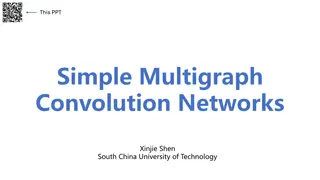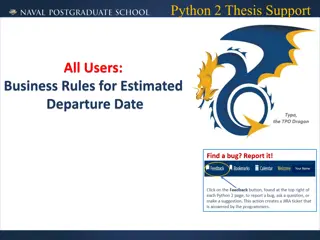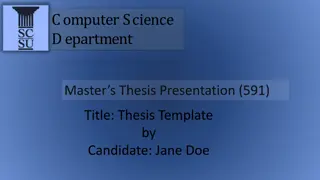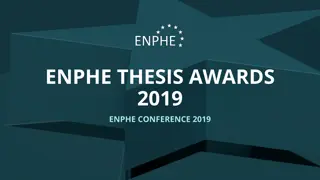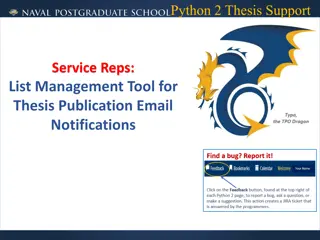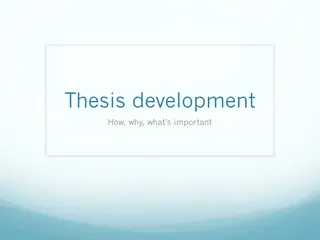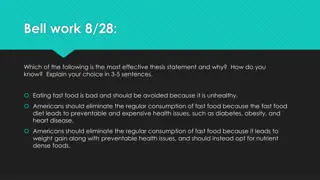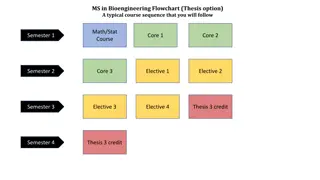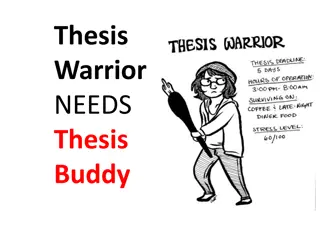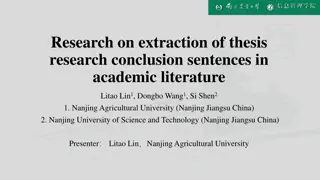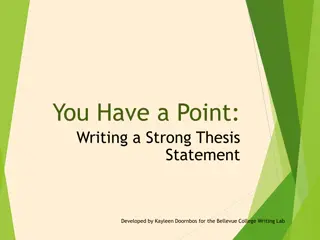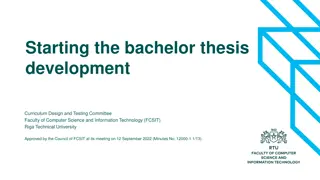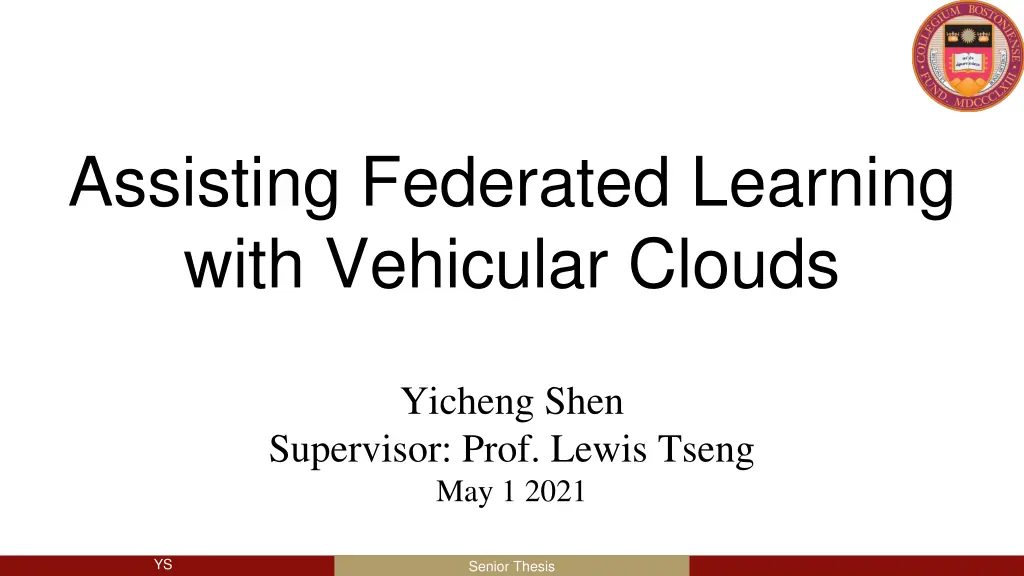
Optimizing Federated Learning with Vehicular Clouds
Explore how Federated Learning benefits from Vehicular Clouds, utilizing real-time location-specific data for improved model training. The integration of edge-based FL with virtual edge servers formed by nearby vehicles results in enhanced performance and privacy preservation. Experimental results showcase the potential of VC-SGD architecture for efficient learning in dynamic environments.
Download Presentation

Please find below an Image/Link to download the presentation.
The content on the website is provided AS IS for your information and personal use only. It may not be sold, licensed, or shared on other websites without obtaining consent from the author. If you encounter any issues during the download, it is possible that the publisher has removed the file from their server.
You are allowed to download the files provided on this website for personal or commercial use, subject to the condition that they are used lawfully. All files are the property of their respective owners.
The content on the website is provided AS IS for your information and personal use only. It may not be sold, licensed, or shared on other websites without obtaining consent from the author.
E N D
Presentation Transcript
Assisting Federated Learning with Vehicular Clouds Yicheng Shen Supervisor: Prof. Lewis Tseng May 1 2021 YS Senior Thesis
Background Knowledge Federated Learning Using on-device data to train deep learning models Vehicular Clouds Virtual edge servers formed by vehicles https://federated.withgoogle.com YS Senior Thesis
Why Federated Learning? Different from traditional centralized ML Decentralized design Real-time training Utilize local data Privacy McMahan and Ramage, Google. (2017) https://ai.googleblog.com/2017/04/federated-learning-collaborative.html Adoptions in various applications Gboard on Android, Scene understanding in AR, etc. YS Senior Thesis
Why Vehicular Clouds? Vehicles as an emerging computational resource Multiple nearby vehicles form a virtual edge server Leverage on-board units Communication, storage, and computation YS Senior Thesis
VC-SGD: Core Tasks Integration of edge-based FL and VC Customized simulator SUMO: simulate vehicle mobility MXNet: perform real ML training Investigation of data collection problem FL using real-time location-specific data YS Senior Thesis
VC-SGD Architecture YS Senior Thesis
Real-time Location-Specific Data Physical Roadside Unit Virtual Vehicular Cloud YS Senior Thesis
Experimental Results More VCs higher accuracy VC-SGD has better performance with more location-specific data YS Senior Thesis
Summary and Future Work Summary FL using real-time location-specific data VC-SGD Customized simulator Future Work Extensive evaluation Advanced problems and integration with pervasive systems Robustness YS Senior Thesis
Special Acknowledgments Anran Du My research teammate Prof. Lewis Tseng Supervisor of my thesis YS Senior Thesis
Thank You! YS Senior Thesis

